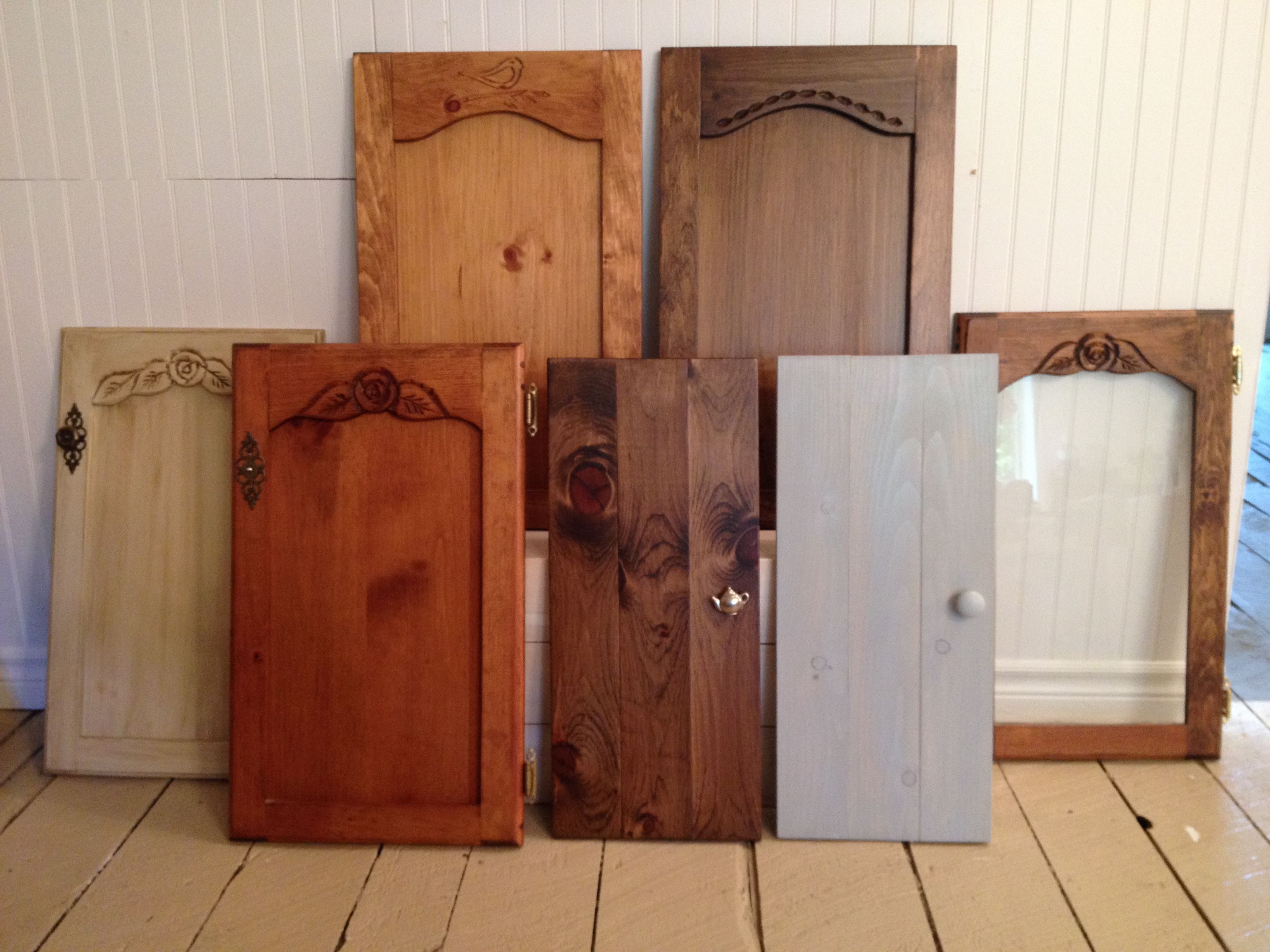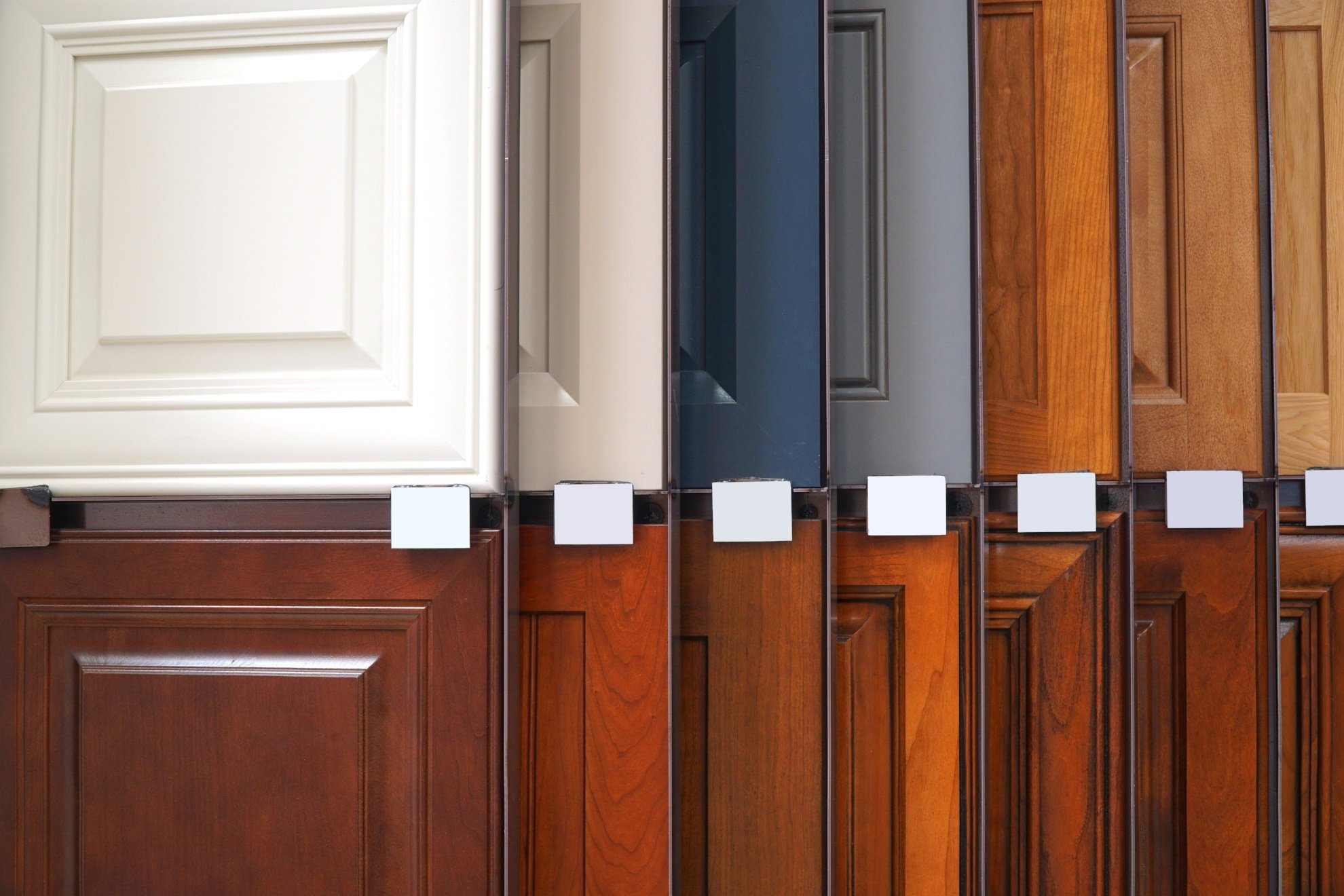Types of Cabinet Door Repair Kits Available

Okay, so like, you totally wrecked your cabinet door, right? Don’t sweat it, tons of repair kits are out there to save the day. Choosing the right one depends on what kind of damage you’re dealing with and what kinda vibe you’re going for. Let’s break it down.
Cabinet Door Repair Kit Types and Applications
This table totally spills the tea on different types of kits, their materials, what they fix, and how much they’ll cost you. Prices are just estimates, obvi, because they vary wildly depending on the brand and where you shop.
| Kit Type | Materials | Repair Focus | Price Range |
|---|---|---|---|
| Wood Repair Kit | Wood filler, wood glue, sandpaper, stain/finish | Chips, scratches, cracks in wooden doors | $10 – $30 |
| Metal Repair Kit | Metal filler, metal paint, screws, possibly small metal plates | Dents, scratches, rust on metal doors or hardware | $15 – $40 |
| Plastic Repair Kit | Plastic filler, plastic adhesive, sandpaper, possibly paint | Cracks, chips, scratches on plastic doors or laminate surfaces | $8 – $25 |
| Cabinet Hardware Repair Kit | Screws, dowels, wood glue, possibly replacement hinges/knobs | Loose hinges, broken handles, stripped screw holes | $5 – $20 |
Adhesive Effectiveness in Cabinet Door Repair Kits
Different glues have different strengths and weaknesses, so choosing the right one is key. Wood glue, for example, is super strong for wood-on-wood repairs but might not be the best for plastic. Epoxy is a total beast and works for a lot of materials, but it can be a total pain to clean up. Construction adhesive is great for heavy-duty stuff, but it’s super permanent, so you don’t want to mess up. Hot glue? It’s quick and easy for small fixes, but it’s not exactly the strongest.
Pre-Packaged Kits vs. Sourcing Individual Components, Cabinet door repair kit
Buying a pre-packaged kit is, like, super convenient. Everything you need is right there. But sometimes, you might end up with stuff you don’t need or not enough of what you do. Buying individual components gives you way more control, but it takes more time and research. It also might be more expensive if you don’t already have some tools on hand. Think of it like this: pre-packaged kits are like fast food—easy and quick, but maybe not the best quality or exactly what you wanted. Sourcing individual components is like making a gourmet meal from scratch—more work, but you get exactly what you want.
Repairing Common Cabinet Door Problems: Cabinet Door Repair Kit

Okay, so your cabinets are lookin’ kinda rough, huh? Don’t sweat it! Fixing up those busted doors is way easier than you think, especially with the right kit. We’re gonna totally revamp those kitchen cabinets and make them look fire.
Loose Hinges
Loose hinges are, like, the most common cabinet door problem, ever. They make your doors sag and look all wonky. Fixing them is super simple.
- First, grab your screwdriver. You’ll probably need both a Phillips head and a flathead, just in case.
- Next, check the screws. If they’re loose, tighten them up. If the screw holes are stripped, you’ll need to use wood filler to fill the hole. Let it dry completely before repainting.
- If the hinge itself is busted, you’ll need to replace it. It’s usually pretty straightforward – just unscrew the old one and screw in the new one. Make sure the new hinge aligns properly with the door and cabinet frame.
- For extra stability, you can add a little wood glue to the hinge before screwing it in. Let it dry completely before closing the door.
Broken Handles
Ugh, broken handles. So annoying! But totally fixable.
- Check how the handle is attached. Most are screwed in. If the screws are loose, tighten them.
- If the screws are stripped, use wood filler and let it dry completely. Then, you can re-drill the holes and use longer screws.
- If the handle itself is broken, you’ll need a replacement. Just unscrew the old one and attach the new one using the same screw holes.
- If you’re feeling fancy, you can totally upgrade to some new, totally rad handles!
Damaged Wood Surfaces
Chips, scratches, dents – cabinet doors get beat up. But, you can totally make them look brand new again.
Cabinet door repair kit – Proper surface prep is key, like, seriously. You gotta clean the area thoroughly with a damp cloth and let it dry completely. Then, gently sand the damaged area with fine-grit sandpaper to create a smooth surface. This helps the repair materials adhere properly and prevents a bumpy finish.
Repairing a Chipped Cabinet Door
This is where things get interesting. Let’s say you’ve got a nasty chip in your cabinet door.
Visual Guide (Text-Based):
Imagine a cabinet door with a noticeable chip near the handle.
- Clean and Sand: First, you clean the chipped area with a damp cloth and let it dry. Then, you carefully sand the area with fine-grit sandpaper, smoothing out any rough edges.
- Apply Wood Filler: Using a putty knife, you carefully fill the chip with wood filler, pressing it in firmly and making sure it’s level with the surrounding surface. Let it dry completely according to the manufacturer’s instructions.
- Sand Again: Once the wood filler is dry, you gently sand the repaired area again with fine-grit sandpaper, creating a perfectly smooth surface.
- Prime and Paint: Apply a thin coat of primer to the repaired area and let it dry. Then, apply several thin coats of paint that matches the existing cabinet finish, allowing each coat to dry completely before applying the next.
Choosing and Using a Cabinet Door Repair Kit

Okay, so you’ve got some gnarly damage on your cabinet doors, right? No sweat! A repair kit can totally save the day and keep your kitchen looking fly. Choosing the right one and using it properly is key to a bomb-ass repair job. Let’s get into it.
Selecting the Right Kit
Picking the perfect kit depends on what kind of damage you’re dealing with and what your cabinets are made of. If it’s just a small chip in a solid wood door, a basic wood filler kit will probably do the trick. But if you’ve got a massive gouge or a whole section missing, you’ll need something more serious – maybe a kit with wood filler *and* a matching wood veneer. For melamine cabinets, you’ll need a kit designed for that material, often involving touch-up paint and maybe some special adhesive. Think of it like this: matching your kit to the cabinet material is like matching your shoes to your outfit – gotta be on point!
Applying Repair Materials
Applying the stuff in your kit is pretty straightforward, but there’s a right way to do it to get a pro-level finish. First, clean the damaged area thoroughly. Then, if using wood filler, apply it in thin layers, letting each layer dry completely before adding more. This prevents shrinkage and cracking. Once it’s dry, sand it smooth using fine-grit sandpaper. Next, apply paint or stain, following the instructions on the kit. If you’re working with a veneer, you’ll likely need to use a special adhesive and carefully press the veneer into place. Let it all dry completely before admiring your handiwork. Don’t rush it; patience is key to a rad repair.
Essential Tools for Cabinet Door Repair
Having the right tools makes the whole process way easier and less frustrating. You’ll want a few things to get the job done right.
First off, you’ll need some prep tools. This includes a good quality putty knife for applying the filler, sandpaper in various grits (for smoothing out the filler and prepping for paint), and clean rags for wiping away dust and excess material. For painting, you’ll need small brushes, maybe even a foam roller for a smoother finish. And don’t forget some protective gear – safety glasses and a dust mask are crucial to avoid eye irritation and inhaling harmful particles.
Finally, you’ll need tools to help with more advanced repairs. For example, a utility knife might be useful for cleaning up excess material or prepping a veneer. Clamps can help secure veneers or larger repairs while they dry. And depending on the damage, a small wood chisel or scraper may also be helpful.
